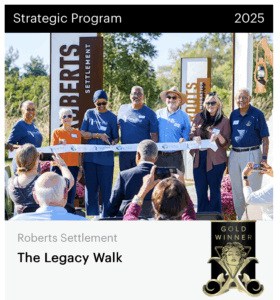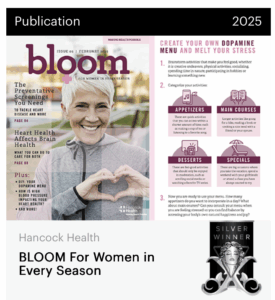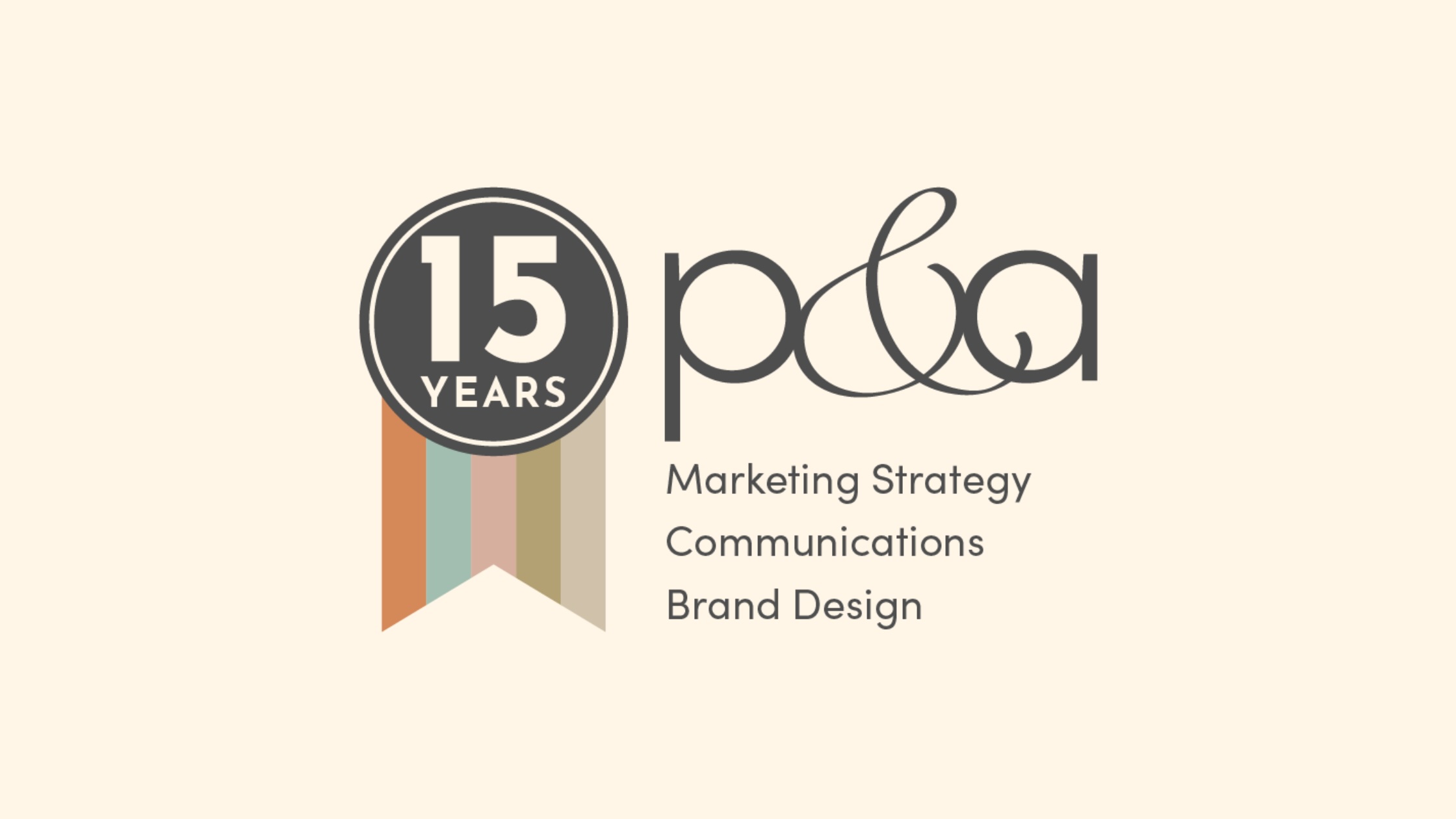Pickett and Associates (P&A) recently received two 2025 MUSE Creative and Design Awards, organized by the International Awards Associate (IAA). The P&A award-winning entries were chosen from more than 13,000 submissions in the global competition, recognizing innovation, craft, and influence across the creative and design industries.
Winning Entries for the 2025 MUSE Creative and Design Awards
P&A earned the Publication Magazine 2025 Silver Award distinction for a project brought to life by designer Kathleen Wedmore and writer Rose Campbell, delivered for client Hancock Health. This honor underscores the ingenuity of the idea, the caliber of its execution, and the lasting resonance it holds within its field. The publication series was recognized earlier in the year with a 2025 Hoosier PRSA Pinnacle Honor Award. View the winning entry here.


In addition, P&A earned a 2025 Gold Award for Strategic Program-PR Campaignfor client Roberts Settlement and the Legacy Walk. P&A was a proud partner of Hamilton County Tourism working with the historic Black settlement in its launch of the Legacy Walk, an interactive, self-guided journey through Roberts Settlement’s pioneer history. Public relations strategy and implementation were provided by veteran communicator Patricia Pickett, APR.
“This year we are celebrating 15 years of providing clients with strategic public relations, marketing communications and brand design. While our focus is always delivering measurable results for clients, it is gratifying to be recognized among such distinguished entries by a jury of very successful peers,” says Pickett. “It’s a great way to stop and reflect on the quality of work we provide to local organizations.”
The jury, consisting of over 100 distinguished professionals from 30 countries, brought together diverse expertise to ensure a fair and thorough assessment of the entries. All evaluations were conducted under a blind judging system, ensuring fairness and impartiality.
To view the full list of 2025 MUSE winners, please visit museaward.com or design.museaward.com.
The MUSE Creative and Design Awards offers a platform where both renowned names and emerging voices find equal footing. This award highlights how today’s work continues to set new standards, while shaping a legacy that inspires future generations.








